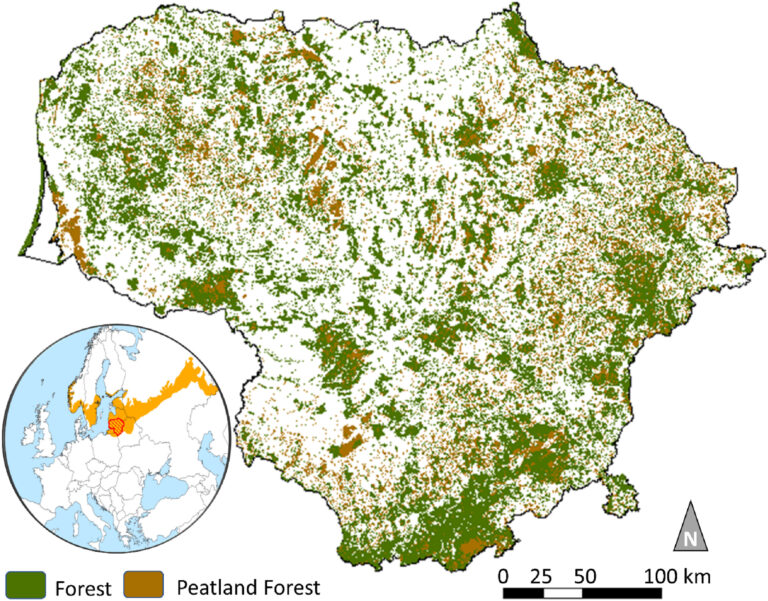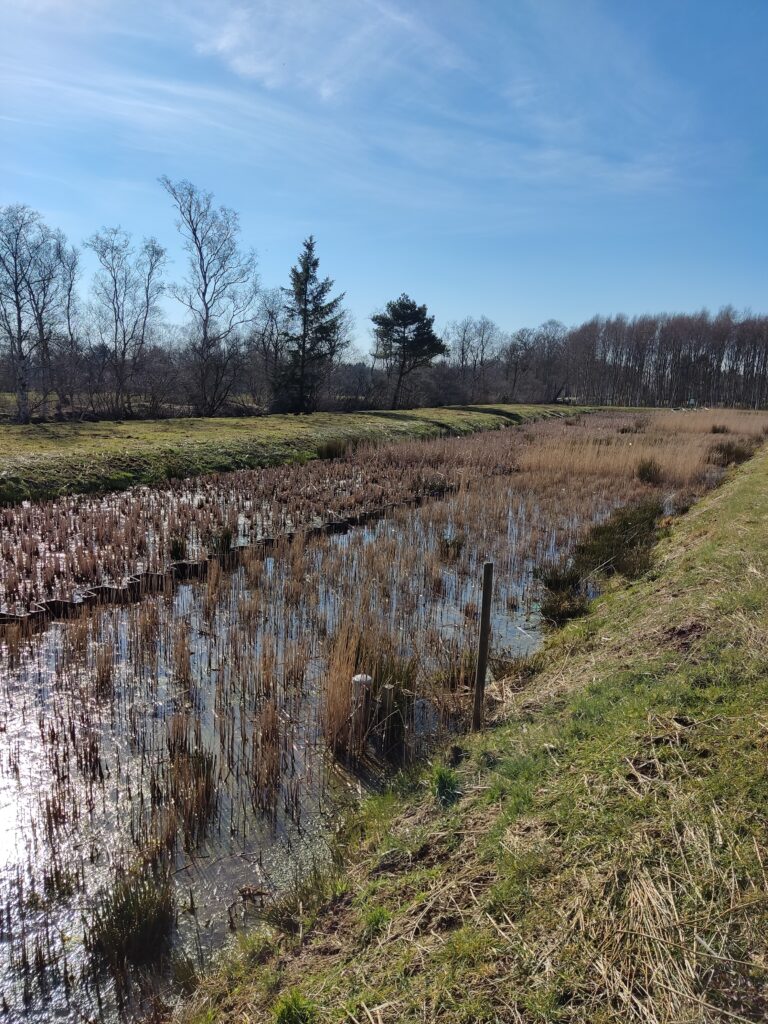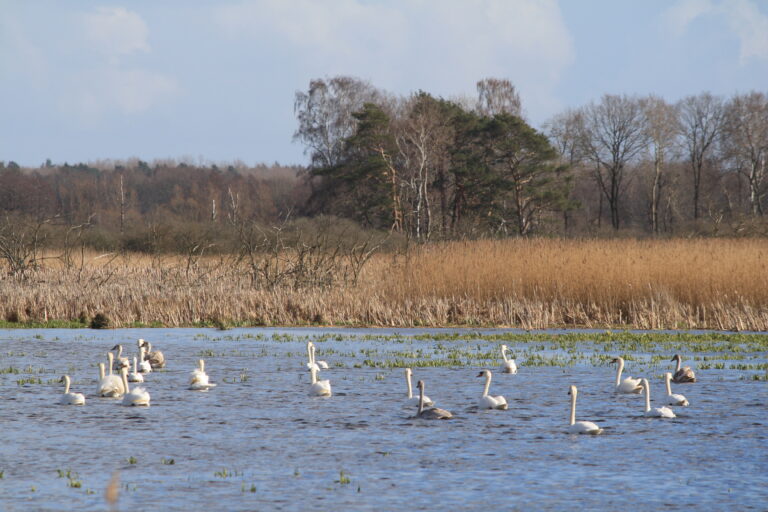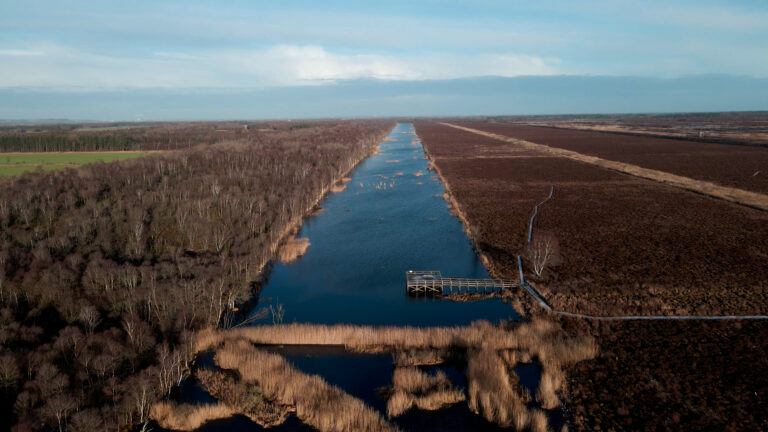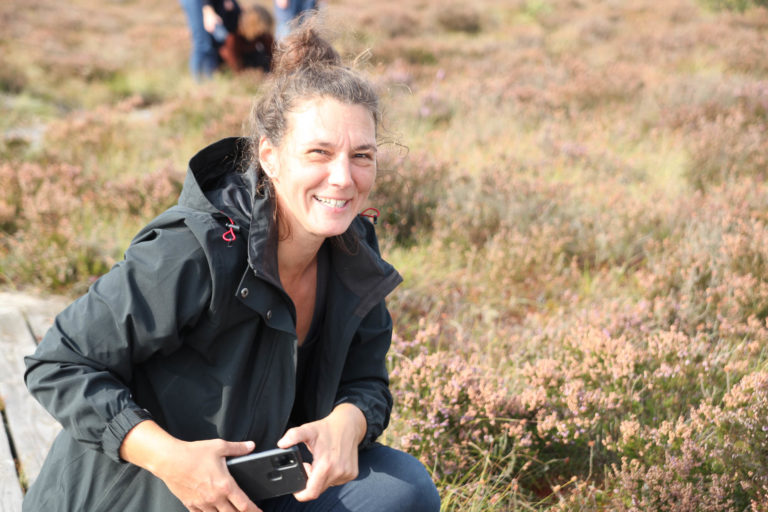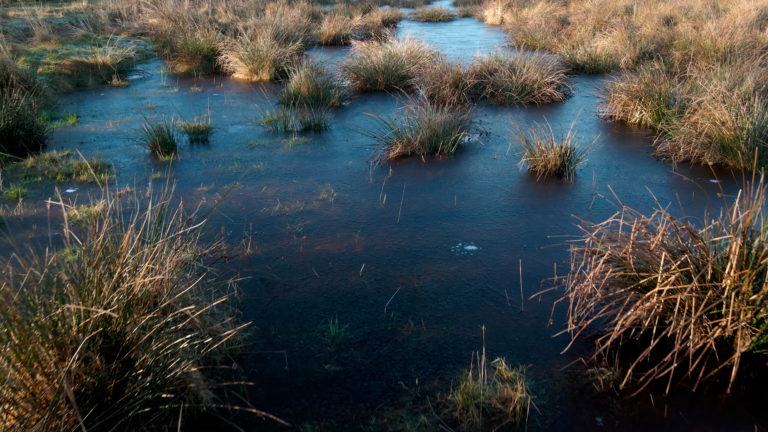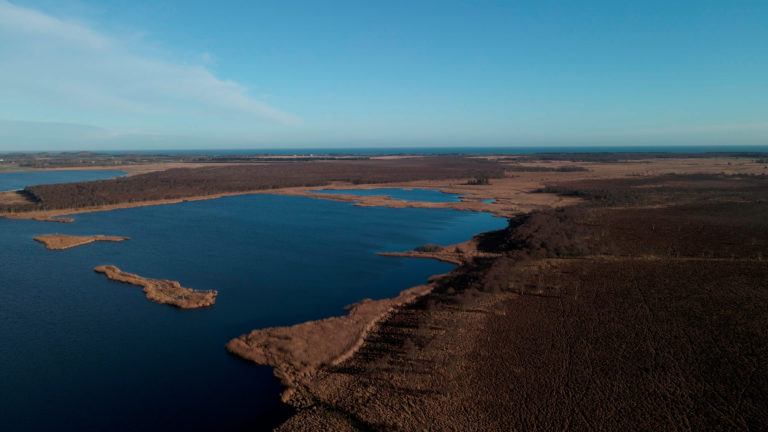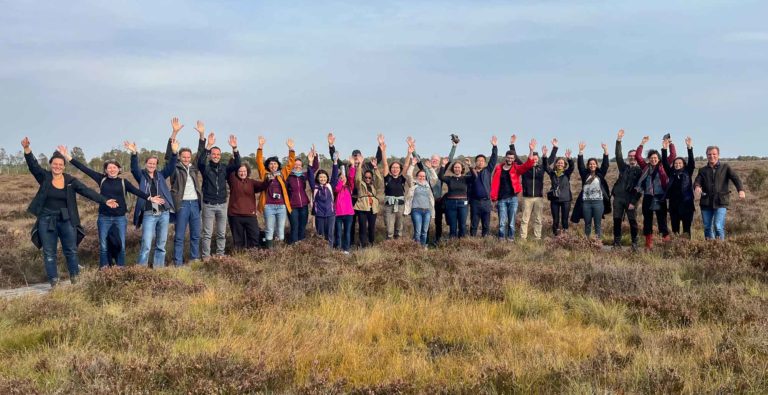Wetland Experts Come Together at the SERE Conference in Estonia
Four EU-funded projects on wetland restoration jointly presented at and attended the 14th European Conference on Ecological Restoration (SERE 2024) from 26th to 30th August in Tartu, Estonia. Their activities at the conference highlight the importance of collaboration in restoring and preserving Europe’s wetlands. The SERE 2024 conference brought together experts working in science, policy, … Read more

